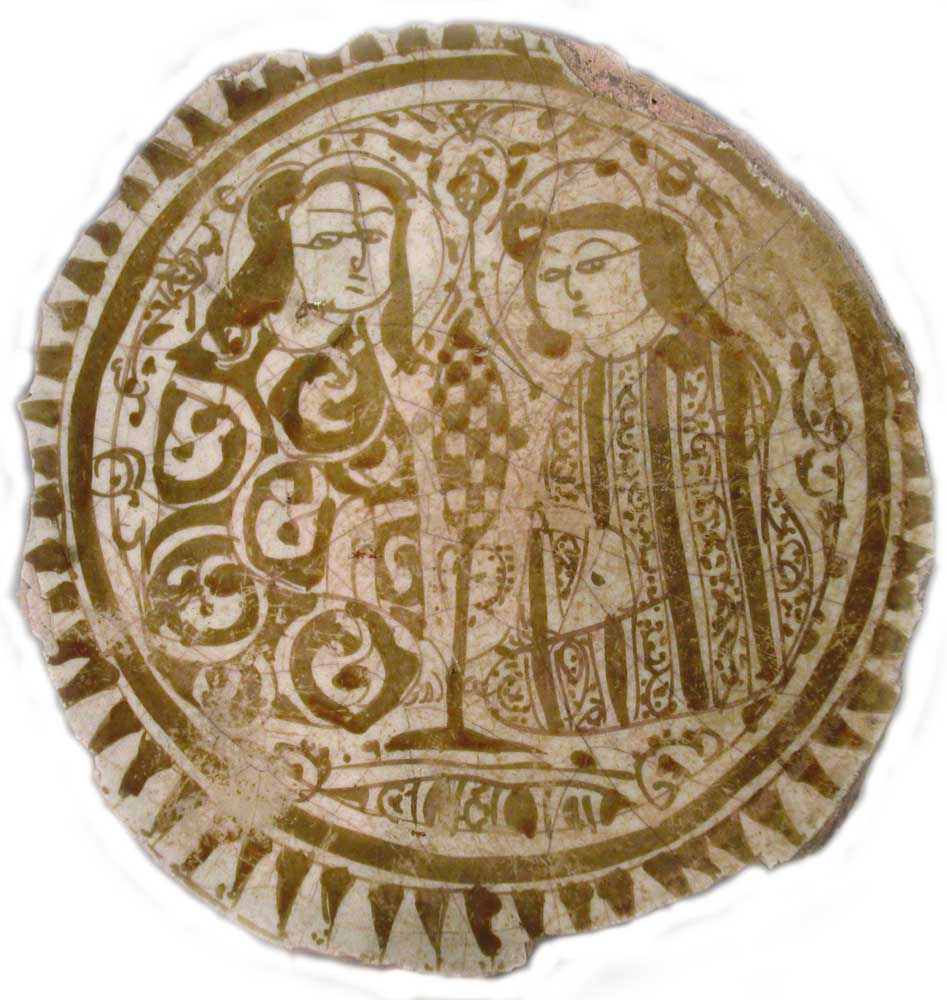
Try Amazon Audible Premium Plus and Get Up to Two Free Audiobooks
Two Seated Figures on a Plate Fragment, Fatimid Egypt, 11-12th Century, Barakat Gallery UAE



Central Fragment of a Lustre Painted Plate - PF.5507
Origin: Egypt
Circa: 11 th Century AD to 12 th Century AD
Dimensions: 6.25" (15.9cm) wide
Collection: Islamic Art
Medium: Glazed Earthenware
Description
Amongst the greatest and most eloquent manifestations of Islamic culture and civilization are the arts, especially the applied arts. It is through the universal language of art that one can appreciate the great achievements of the Muslim peoples and the contributions they have made to humanity.
The earliest Islamic pottery was based upon the local traditions of newly conquered lands, particularly those of Syria, with its Greco-Roman traditions, and Iran and Iraq with their Sassanian cultures. Islamic pottery first flourished under the rule of the Abbasid dynasty when certain technical innovations relating to glazes were perfected. However, with the growing weakness of the Abbasids from the middle of the 10th century onwards, many artists and artisans migrated to new centers of power, particularly to Fatimid Egypt, importing their technical skills. Here, the arts flourished, nurtured and protected by the culturally enlightened rulers, establishing Islamic decorative techniques to pottery and ceramics with renewed vigor.
This gorgeous fragment, the central portion of a plate, depicts two beautiful seated figures dressed in traditional patterned garments and crowned with halos. Various floral interlacing motifs fill the spaces between them. The central design is framed by a band decorated with serrated shapes similar to a generic depiction of the rays of the sun. The design is executed in reserve light olive-colored luster on a cream background. No doubt such a stunning plate reveals the influence that migrating artists carried with them into Fatimid Egypt. This period represents one of the golden ages of Islamic art and this fragment of a plate reflects the beauty of their achievements. - (PF.5507)
Barakat Gallery UAE.